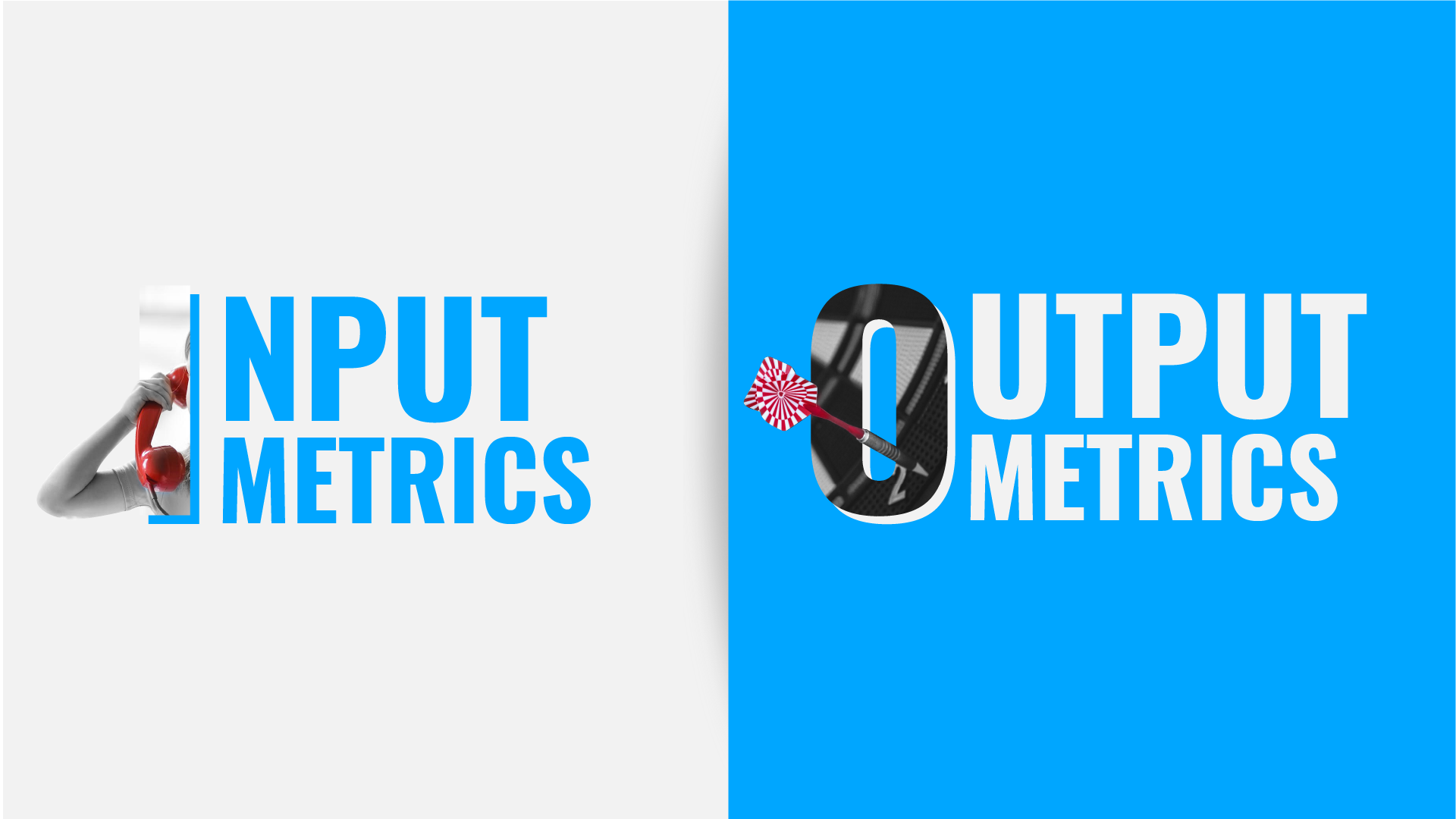Knowing how to calculate, analyze, and manage your profit & loss statement is important. You want to know if your business is profitable, and where costs may be too high or revenue too low. The trick is to have it all down on paper.
Anyone with any amount of accounting exposure can tell you that the 3 most commonly used financial reports are the following:
1. Profit & Loss Statement, also known as the income statement, profit & loss report, or simply the P&L.
2. Balance Sheet
3. Statement of Cash Flow or Cashflow
While Steve Blank suggested that metrics may be more important than these traditional financial statements for a startup company, one cannot argue the relevance and importance of the information these reports provide. Fred Wilson of A VC is doing his MBA Mondays on the basics of these three reports, what they are and how they are important. See What is the Profit and Loss (Income) Statement?
What Is A Profit And Loss Statement?
A profit and loss statement is a document that covers revenues, costs, taxes, and net profit overall within a designated time period. That time can be as little as a few weeks or as much as a year. In any case, it provides a picture of your financial health and how your business is doing.
The statement itself has several categories: revenue from your business, fixed costs such as rent, variable costs, the cost of goods sold, net profit loss, income before taxes and net income for the designated time period. Employee salary, credit card bills, and raw material invoices also fall under this category.
Profit and cash are not the same; cash takes timing into account and the tangible amounts that you have on hand for your business. You can have high profits recorded, but a negative cash flow if you sell a product but receive a delayed payment. If a business owner or manager can’t distinguish the two, they run the risk.
How To Use A Profit And Loss Statement
As mentioned, a profit and loss statement will organize all of your revenue and expenses. This is important because the minute you run out of cash, you are done as a business and have to declare bankruptcy. A cash flow statement can assess how much cash you have at the moment, but profits and losses allow you to look at the whole picture and pinpoint it.
You also won’t overanalyze every project, to figure out the profitability of a single customer interested in your products and services. We advise that sometimes, it’s better to not fix a broken project and figure out what is your golden ticket. That can take time and money out of your business, and the benefits may not outweigh the admin costs. Instead, the profit and loss statement lays it out in black and white which projects are not viable.
Expenses and bills are another concern. You may analyze if you are paying too much on rent relative to the revenue earned from a brick-and-mortar office. A CFO may recommend changing the facilities or moving locations to pay less in rent.
Receive The Best Profit And Loss Services From DeepSky
At DeepSky, you receive the stellar outsourced accounting services from all of our specialists. Our Financial WingmanTM program is designed to cater to your individual business needs. Have an outsourced CEO providing the strategies and numbers you need to reach the next level.
Reach out to us today to get started. Let a Financial Wingman show you how to leverage your profit, and outperform yourself.


